Umami, the fifth taste sensation alongside sweet, sour, salty, and bitter, has captivated culinary enthusiasts and scientists alike since its official recognition in the early 20th century. Coined by Japanese chemist Kikunae Ikeda in 1908, the term "umami" translates roughly to "pleasant savory taste," a descriptor that barely scratches the surface of its profound impact on global cuisine. Unlike the other basic tastes, which are relatively straightforward, umami possesses a complex, almost ethereal quality that enhances and deepens flavors, creating a sense of completeness and satisfaction on the palate. It is the hidden backbone of countless beloved dishes, from a rich Italian ragù to a delicate Japanese dashi, and its understanding has revolutionized how we perceive and create food.
The scientific foundation of umami lies in the detection of glutamates and nucleotides by specific taste receptors on the human tongue. Dr. Ikeda’s groundbreaking research identified glutamic acid, an amino acid prevalent in protein-rich foods, as the primary compound responsible for this unique taste. He successfully isolated it from kombu seaweed, a key ingredient in the Japanese stock dashi, and patented monosodium glutamate (MSG) as a seasoning. For decades, however, umami was largely considered a uniquely Japanese concept, met with skepticism in the Western scientific community. It wasn't until the late 20th and early 21st centuries, with the discovery of specific umami taste receptors, that its status as a fundamental taste was universally accepted. This biological validation transformed umami from a cultural culinary idea into an undeniable scientific fact, a basic building block of human taste perception.
Globally, umami is not a new invention but a newly named constant in the human culinary experience. Every culture, often without knowing the scientific term, has developed cooking techniques and recipes that maximize this savory depth. In Japan, the pursuit of umami is a culinary philosophy. It is the soul of dashi, a broth made from kombu and katsuobushi (dried bonito flakes), which forms the base for miso soup, noodle dishes, and simmered foods. Fermented products like soy sauce, miso paste, and natto are also potent umami powerhouses, their flavors intensifying over time. Beyond these, the humble shiitake mushroom, dried and rehydrated, releases an incredible concentration of guanylate, a nucleotide that synergistically amplifies the umami of glutamate.
Traveling across the sea to China, umami manifests in the widespread use of fermented sauces and condiments. Soy sauce is a staple, but others like oyster sauce, hoisin sauce, and fermented black bean paste are fundamental to creating the deep, complex flavors characteristic of many regional cuisines. The tradition of creating rich, milky-white broths from pork bones or chicken, simmered for hours or even days, is a direct extraction of umami compounds, resulting in a comforting and profoundly savory soup base for noodles and stews.
In Italy, umami is the heart of comfort food. Aged cheeses like Parmigiano-Reggiano and Pecorino Romano are laden with glutamate, which is why a grating over pasta elevates it instantly. Cured meats such as prosciutto di Parma and salami undergo long aging processes that break down proteins into free glutamates, concentrating their savory punch. Perhaps the most iconic representation is the slow-simmered tomato sauce. Tomatoes are naturally rich in glutamate, and cooking them for hours, perhaps with a piece of Parmesan rind, deepens and caramelizes their flavors, creating an umami-rich masterpiece. Anchovies, often melted into pasta sauces and dressings, provide a hidden layer of savory depth without a overtly fishy taste.
Spanish cuisine offers another brilliant study in umami, particularly through the process of curing. Jamón ibérico, the famed cured ham, is a testament to how time and technique can concentrate savory goodness. The lengthy curing process, which can last for years, allows enzymes to break down the meat's proteins, creating an intense, nutty, and profoundly umami flavor that melts on the tongue. Similarly, the use of saffron and smoked paprika (pimentón) in dishes like paella adds not just color and spice, but also a subtle underlying savoriness that binds the other ingredients together.
Northern European culinary traditions have their own unique umami champions. In Sweden, the controversial surströmming (fermented herring) is arguably one of the most potent umami experiences on the planet, though its powerful aroma is not for the faint of heart. More universally appealing is the Swedish practice of frying up crispy, savory pancake (äggakaka) served with fried pork and lingonberries, where the rendered pork fat provides a deep savory base. The British contribute with their love for mature cheddar cheese, yeast extract spreads like Marmite, and properly aged beef for roasting, all of which are rich in glutamates.
Across the Atlantic, American cuisine, a melting pot of influences, embraces umami in its most iconic comfort foods. The classic cheeseburger is a symphony of umami: the seared, glutamate-rich beef patty, the aged cheddar cheese, the ketchup (tomatoes again!), and often sautéed mushrooms or caramelized onions. Barbecue, a cornerstone of American food culture, is a masterclass in developing umami through low-and-slow cooking. Smoking and slow-roosting meats for upwards of 12 hours breaks down connective tissues and concentrates flavors, resulting in incredibly savory and tender pulled pork or brisket. Even the humble pizza, with its fermented dough, tomato sauce, and melted cheese, is a perfect vehicle for the fifth taste.
The understanding of umami has moved beyond tradition into the forefront of modern culinary innovation, particularly in the realm of fine dining. Chefs now consciously design dishes to create a "umami bomb" effect, layering multiple savory ingredients to achieve an explosive depth of flavor. This might involve creating a mushroom purée, adding a dash of fish sauce to a meat stew, garnishing with powdered dried mushrooms or cheese, or using fermented vegetable juices. The goal is to achieve a roundness and complexity that satisfies the palate on a primal level. This scientific approach to flavor construction has become a hallmark of contemporary gastronomy.
Despite its scientific validation, umami, particularly in the form of MSG, has faced an unjustified stigma, primarily in Western countries. Anecdotal reports of "Chinese Restaurant Syndrome," linking MSG to headaches and other ailments, have been thoroughly debunked by decades of rigorous scientific research. Major health organizations worldwide, including the FDA and WHO, recognize MSG as safe for consumption. It is simply the sodium salt of glutamic acid, an amino acid found naturally in many whole foods like tomatoes, Parmesan cheese, and mushrooms. The fear of MSG is a classic case of chemophobia—a fear of chemical-sounding additives—despite the compound being identical to what nature produces. The culinary world is now experiencing a long-overdue rehabilitation of MSG, with chefs and home cooks alike embracing it as a powerful tool to enhance the natural savory flavors of their food without excessive salt.
In conclusion, umami is far more than a mere scientific curiosity or a niche culinary term. It is a universal taste, a fundamental thread woven into the fabric of global gastronomy. From the ancient fermentation pots of Asia to the slow-smokers of the American South, humans have instinctively sought out and cultivated this savory sensation. Its official naming and understanding have given us a new language to describe what we’ve always loved about food that is deeply satisfying, rich, and complete. As we continue to explore and appreciate the nuances of taste, umami stands as a powerful reminder that some of the greatest pleasures are found not in complexity for its own sake, but in the profound and simple depth of something truly savory.
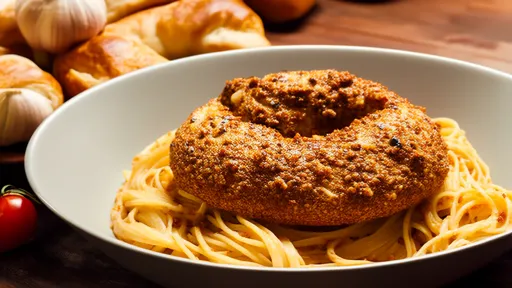
By /Aug 20, 2025
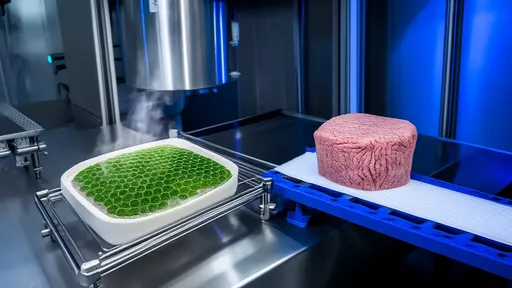
By /Aug 20, 2025

By /Aug 20, 2025
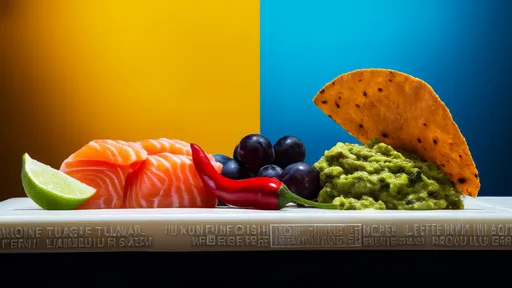
By /Aug 20, 2025

By /Aug 20, 2025

By /Aug 20, 2025
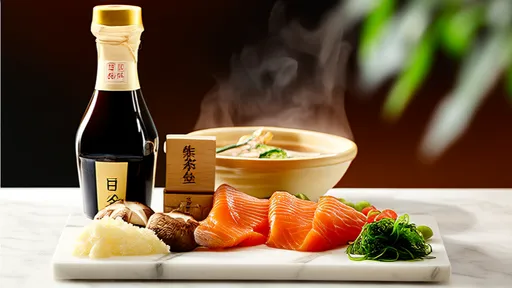
By /Aug 20, 2025

By /Aug 20, 2025
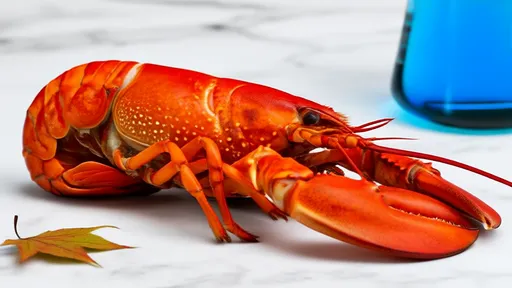
By /Aug 20, 2025
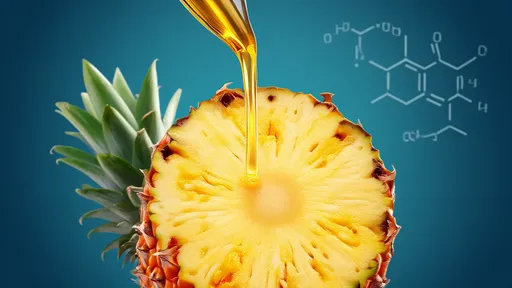
By /Aug 20, 2025

By /Aug 20, 2025

By /Aug 20, 2025
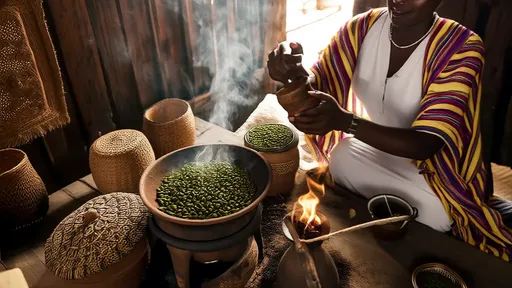
By /Aug 20, 2025
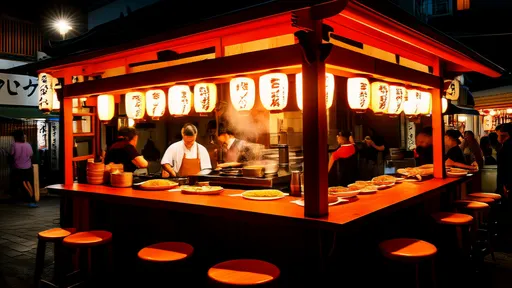
By /Aug 20, 2025

By /Aug 20, 2025

By /Aug 20, 2025

By /Aug 20, 2025

By /Aug 20, 2025

By /Aug 20, 2025

By /Aug 20, 2025